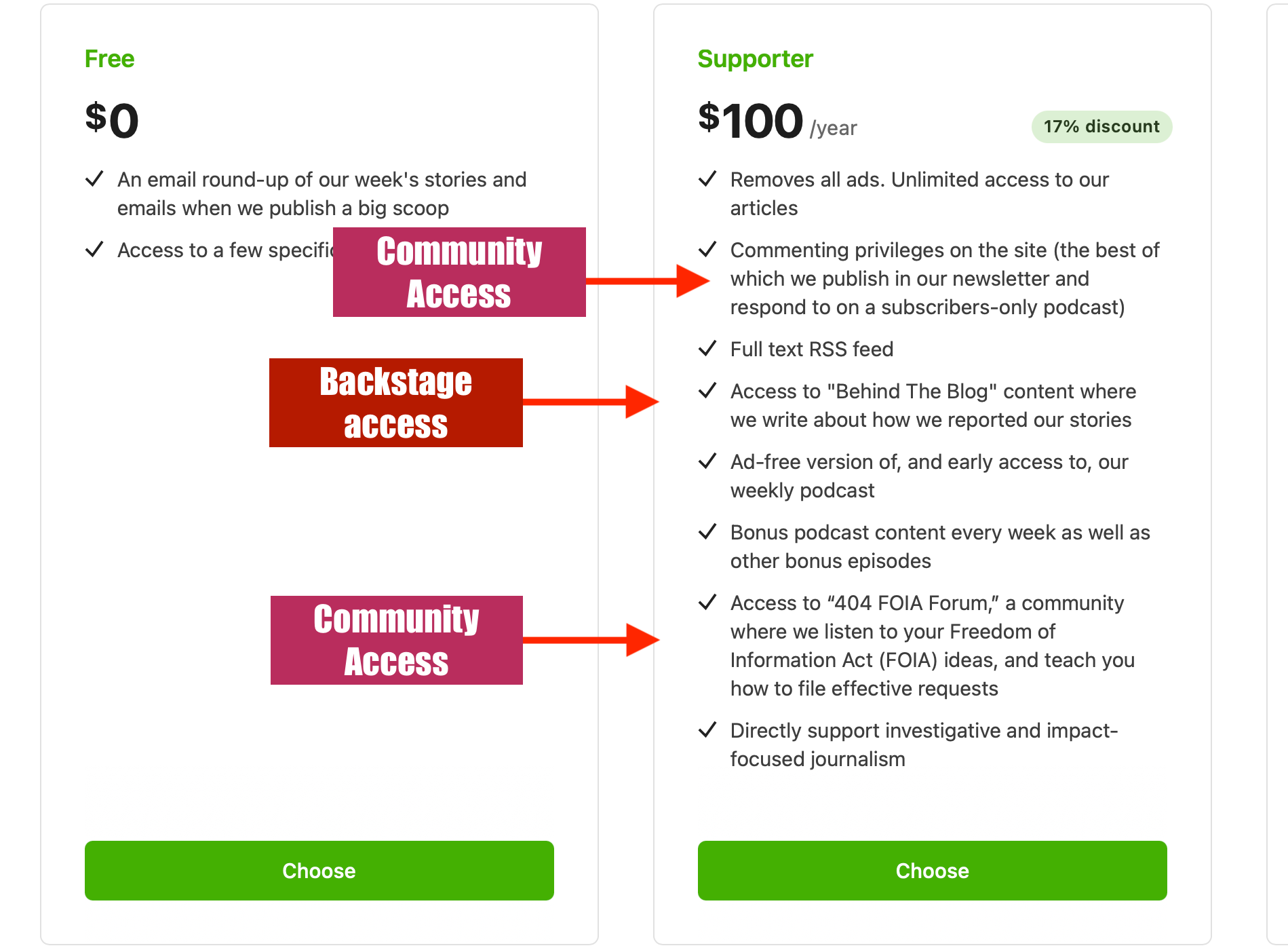Audience Engagement: two words, both matter
If you're taking about audience growth in journalism, you might be forgetting a crucial, human element in the process.

Journalism doesn’t exist if we don’t have an audience. We’re not an abstract profession, but one that exists for the service of society as a whole. And that’s why I call the work I do “audience engagement” rather than “audience development” or “audience growth”. That’s because there are two schools of audience work. There’s the one I favour, and then there’s the one so beautifully summed up by Isabelle Roughol:
I'm at a news industry conference rn & I am ANGRY. I've now heard six people talk about the impact of AI and how to adapt. They talk about changing SEO tactics, striking deals with platforms, dialling up the outrage (I swear!)... everything but actually talking to PEOPLE & learning what they need.
— Isabelle Roughol (@isabelleroughol.com) 27 November 2024 at 12:07
Those two schools I mentioned? One is what Isabelle just described: it sees the “audience” largely in terms of numbers, of strategies and tactics and of revenue. Now, don’t get me wrong, these are important. But, to me (and Isabelle, it would appear), that misses the core point: they are people first. People with lives, passion, information needs and routines.
Frameworks for talking to people
That’s why the form of audience work I think is most essential can be summed up in initiatives like Sarah Marshall’s take on the Audience Canvas. It takes the idea of personas and develops it into something more audience-centric for journalism. Add to that the Reuters Institute’s idea of News Moments, and mix in Dmitry Shishkin’s User Needs Model, and you have something compelling. They allow us to build strategies that are deeply people-focused, while using data, analytics, and strategies to respond to those needs and test our success in addressing them.
Audience “development” and “growth” are about numbers. Audience “engagement” is about that — and conversations and relationships. In the 2000s, news organisations invested heavily in community development skills, and then gave away all that work to the social platforms — and Facebook in particular.
And now we’re doing the hard work of rebuilding it all over again. But it’s vital, especially as we, as an industry, switch more to membership models to support our journalism. Even the choice of language matters here: “membership” is a relationship, community-focused word. However, “paywall” is all about access and money. Becoming a member sounds so much more attractive than becoming a subscriber — but for people to feel like “members”, you need to provide them with both community, and a sense of access to, and relationship with, the journalists.
Members > Audience > Subscribers

I’m not saying anything dramatic or new here: The Times clocked the membership thing very soon after its paywall went up, and it’s been a substantial part of the way it’s worked. But Isabelle’s experience at the conference yesterday shows that this thinking is far from universal in the industry. Too many of us sit in our offices in big cities, with infrequent contact with actual readers. We don’t reply to social media posts, we don’t engage with commenters. Little glimpses of “audience” emerge through the work of the market research or social media teams.
But there’s a whole breed of emergent media that has made this central to their way of thinking. People often cite examples like De Correspondent or Zetland, but I’m really interested in the new startups like 404 Media, which makes community access part of its paid offering:

Think of this as a triple incentive:
- Supporting the journalism you want
- Gaining access to a community of like-minded folks
- Feeling that the journalists are part of that community, too
The battle for members is fiercer than you think
This isn’t just about traditional media brands, or word-based media either. Podcasts are increasingly developing their own communities around their listeners, both to build loyalty and to aid discovery in a crowded market by turning listeners into advocates.
One of the most compelling — and dangerous — aspects of Substack is the considerable range of community features it offers, from Notes (its Twitter clone), to live chats, to comments that can be restricted to paying members.
And the smarter media titles are figuring this out. Next week, The Telegraph’s Daily T podcast will be engaging with its listeners (and potential listeners) on Reddit:

(The Telegraph’s social team have been doing very impressive work on the platform.)
And to loop back to Isabella’s justified outrage, if you’re filling your site with AI-generated content, without talking to your readers, without asking them what they want, and how they feel about it, you're making that relationship harder to maintain. Too many of the sites who complain about their collapse in Google traffic have got sucked into the trap of thinking about SEO as an entity in its own right. Instead, they should be thinking of it as a branch of audience work built on the idea of thinking your way into the head of the searcher, and delivering what they’re looking for.
Audience engagement is the skill of taking a reader, and making them more than a subscriber. It's the art of making an engaged member, and keeping them. And doing it again, and again, and again. Because, without them, we don't have a business.
Want to learn more about audience engagement?
Check out this course:







